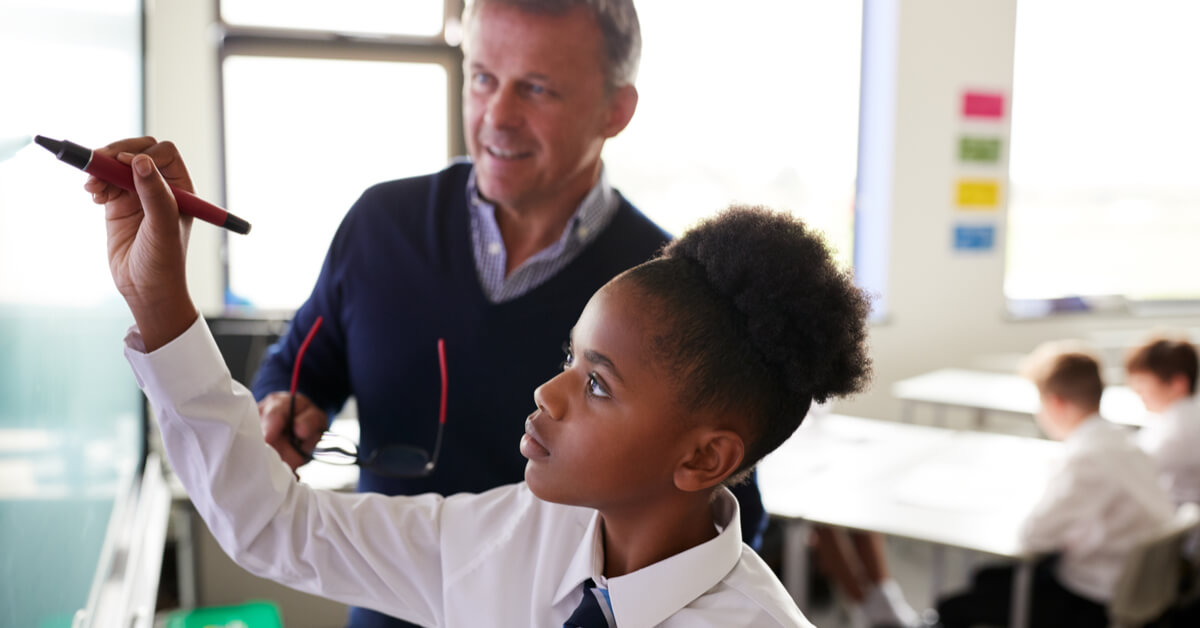Do you struggle with making sure every teacher-student interaction has a purpose? Do you feel like you have enough interactions with your students each day? Do you want more meaningful conversations with your students? Do you want to make your school year awesome?
As I write this many of you are immersed in your summer break (so am I). It is a time of rejuvenation. Yet it is also a time of reflection. How can we make our classes better? And on top of all of that, we all just went through and to some extent are still going through a pandemic that upended all of education. So if you are reading this now, I want to encourage you to take time for yourself and recharge your batteries this summer if you haven’t already.
If you are at the reflection stage, then let me give you some ideas on how you can supercharge your teacher-student interactions. This article is one in a series where we will discuss how you can make mastery learning a reality. In this series, I am sharing how I, and thousands of other teachers, have transformed classrooms into a place where every student succeeds. In…


